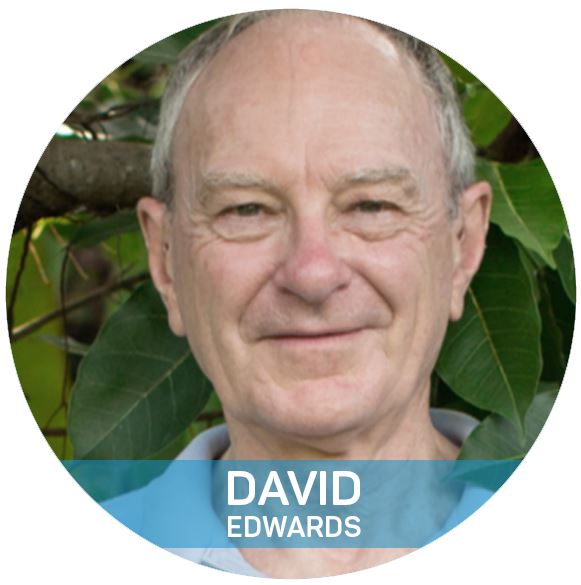|
|
©2021 International Society of Schema Therapy e.V.
International Society of Schema Therapy e.V. is a not-for-profit organization. Glossop-Ring 35, DE-61118 Bad Vilbel, Germany
Why Schema Therapy?Schema therapy has been extensively researched to effectively treat a wide variety of typically treatment resistant conditions, including Borderline Personality Disorder and Narcissistic Personality Disorder. Read our summary of the latest research comparing the dramatic results of schema therapy compared to other standard models of psychotherapy.
|
